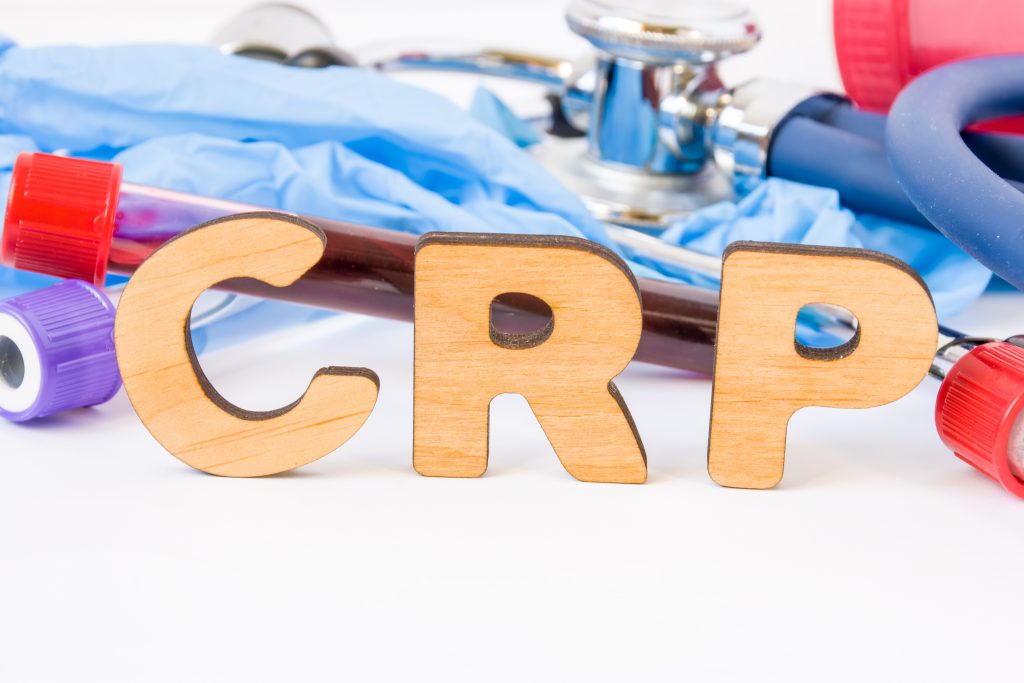Arq. Bras. Cardiol. 2021; 116(1): 55
The Relationship between CAR and CAE: Association of C-Reactive Protein to Albumin Ratio in Patients with Isolated Coronary Artery Ectasia
This Short Editorial is referred by the Research article "Association of C-Reactive Protein to Albumin Ratio in Patients with Isolated Coronary Artery Ectasia".
Coronary artery ectasia (CAE), defined as an increase in coronary diameter 1.5 times the diameter of the normal adjacent bed, is an uncommon finding in coronary angiography, with an incidence of 1.2 to 4.9%. Most of the times, it is related to coronary atherosclerotic disease (CAD), and they have several factors in common, such as lipoprotein accumulation f in the intimal layer, inflammatory cell infiltration, activation of the renin-angiotensin system and oxidative stress generation, with arterial expansion and remodeling. The high levels of nitric oxide cause vasodilation and excessive activation of extracellular matrix metalloproteinases, resulting in vascular dilation. Less commonly, it can also be related to Kawasaky disease, connective tissue, infectious or autoimmune diseases.
The incidence is higher in men, hypertensive individuals and smokers. Cocaine users have a higher incidence of CAE and coronary aneurysms. Interestingly, Diabetes Mellitus (DM) seems to be unrelated to CAE, and may even be a protective factor, a fact related to the inhibition of the expression of extracellular matrix metalloproteinases.
[…]
470

